Today, giving ink to the oink, I will be jotting down a few comments about pig candy.
If many of you are already aware of the phenomenal transition that occurs when strips of salty bacon are subjected to candy-coating, then I envy those palates that tasted the new food craze that popped up in 2008 and have spent the last four years enjoying what has to be one of life’s most wickedly indulgent pleasures.
Where the heck was I? What Rip Van Winkle snooze was I in when sticky-sweet bacon became all the rage? Since I missed out on the first dance, it’s good to know pig candy is still a party animal.
So what is pig candy exactly?
The basic recipe is very simple. Pre-heat the oven to 350 degrees. Line a cookie sheet with either aluminum foil or parchment paper (I tried them both – both successful) and lay strips of bacon across the lined baking pan. Sprinkle the bacon strips liberally with brown sugar and cook in oven until bacon begins to crisp (about 12 to 15 minutes for thick slices). Turn the bacon strips over and brush with either maple syrup or honey and cook about 5 minutes. Turn again, brush with more syrup and cook till browned and crispy. Remove from oven and cool, either on a rack or on aluminum foil. (Don’t use paper towels because candied bacon sticks to paper.)
If you mix (as many chefs do) a spicy ingredient into the brown sugar – think cayenne, chili powder, hot curry powder or Creole seasoning – pig candy rises to an even higher taste profile. You now have three of the five basic tastes – sweet, salty and savory. If you desire the whole magilla and want to get the remaining two basic tastes involved, mix the honey with lemon (sour) and espresso (bitter) before brushing.
(Note: Most of the recipes I found called for using thick cuts of bacon. I did not opt for thick bacon because eating it always hurts my teeth. Instead, I chose thinner center cut, hickory-smoked bacon, which also cuts down on the cooking time.)
Now done, before us on the counter is a rack of beautifully caramelized bacon. What should we do with it?
Eat it up fast is the wisest answer, given pig candy’s irresistibility. But I suggest munching maybe one strip (while swooning with pleasure, of course) and saving the remaining pieces for a number of other interesting options.
Like that 5 o’clock martini. In the Los Angeles Times food section I found a recipe for a Candied Bacon Martini that employs vodka, applejack brandy, amaretto and a touch of maple syrup. Shake with ice, strain into a martini glass, then garnish with a piece of pig candy, while you throw calorie counting to the wind.
How about a twist on a classic BLT? Stack the sandwich (cranberry pistachio bread is a good choice) with candied bacon, apple slices, lettuce, mayonnaise and onion – the old BLT transmogrifies into a CALM-O sandwich – a menu selection I am sure we will see soon at our favorite roadside cafes.
Or consider replacing ordinary bacon with caramelized bacon in a spinach salad. Add slices of purple onion, crumbled hard-cooked egg yolk and dress with a walnut and berry vinaigrette.
Mix pig candy into your recipe for deviled eggs; throw pieces into chocolate chip cookie dough; make candied bacon bread pudding; toss pig candy into a baked potato or mix into whipped yams for a Thanksgiving dish; and wake up your taste buds at breakfast with a poached egg and candied bacon atop an English muffin slathered with bacon jam.
For a cocktail party tidbit, cut uncooked bacon strips into thirds, wrap one-third piece each around a L’il Smokie sausage, secure with a toothpick and place on a foil-lined baking pan. In a bowl mix together brown sugar, curry powder, a dollop of hot mustard, a couple squeezes from a ketchup bottle and a little molasses or maple syrup. Coat each bacon-wrapped sausage in the mixture and line up across the baking pan. Cook at 325 degrees for 30 minutes, turn the sausages, baste with mixture and cook 25 to 35 minutes more. The aim here is to get the bacon to reach a point of stickiness and crunchiness that’s guaranteed to elicit “Hot dang, that’s good!” from guests who talk that way.
One final idea: If you’re really into this whole candied bacon thing at this juncture in the story, it’s time to spring “pig lickers” on you. There are many versions of this treat, and just as many people taking credit for inventing the recipe. But it was the Minnesota State Fair that dubbed chocolate-covered bacon “pig lickers.”
The method is a snap. Fry up some bacon. Melt some chocolate. Take a strip of fried bacon and dip it in the melted chocolate. Set it on a plate to rest until the chocolate hardens. It’s recommended to dip only three-quarters of the strip in chocolate, leaving one-fourth of the bacon naked and unashamed.



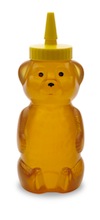
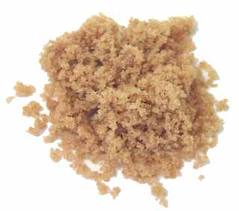

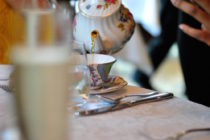
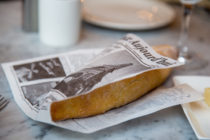
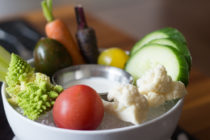

Follow Us